Earlier this year, the National Trust for Historic Preservation included the Henry Ossawa Tanner House in North Philadelphia on their 11 Most Endangered List. With the help of the Preservation Alliance for Greater Philadelphia, I was able to connect with Chris Rogers of the Friends of the Tanner House to talk about what is happening at this National Historic Landmark.
Read on if you’re looking for some good news…
Can you tell me a little bit about the Friends of the Tanner House and how it came to be?
The Friends of the Tanner House started in December 2021, as a number of Black women who believe in the importance of preserving Black heritage spaces came together to investigate a newly posted L&I violation on the Henry Ossawa Tanner House at 2908 W. Diamond Street. Jacqueline Wiggins, Deborah Gary, Judith Robinson were featured in a Philadelphia Inquirer article led by Valerie Russ discussing the threat of losing the property.
I reached out to Jacqueline Wiggins as I had learned much about building up Black heritage spaces through my work at the West Philadelphia-based Paul Robeson House & Museum. We found our way to the owner of the property through Judith Robinson. Dr. Thornton gave us a history of how the property arrived at the current condition, and to our enthusiasm, was excited to give us an opportunity to figure out how we could acquire it and provide a new life. Inspired by the nearby Dox Thrash Project, we launched a crowdfunding campaign and the momentum began to build…
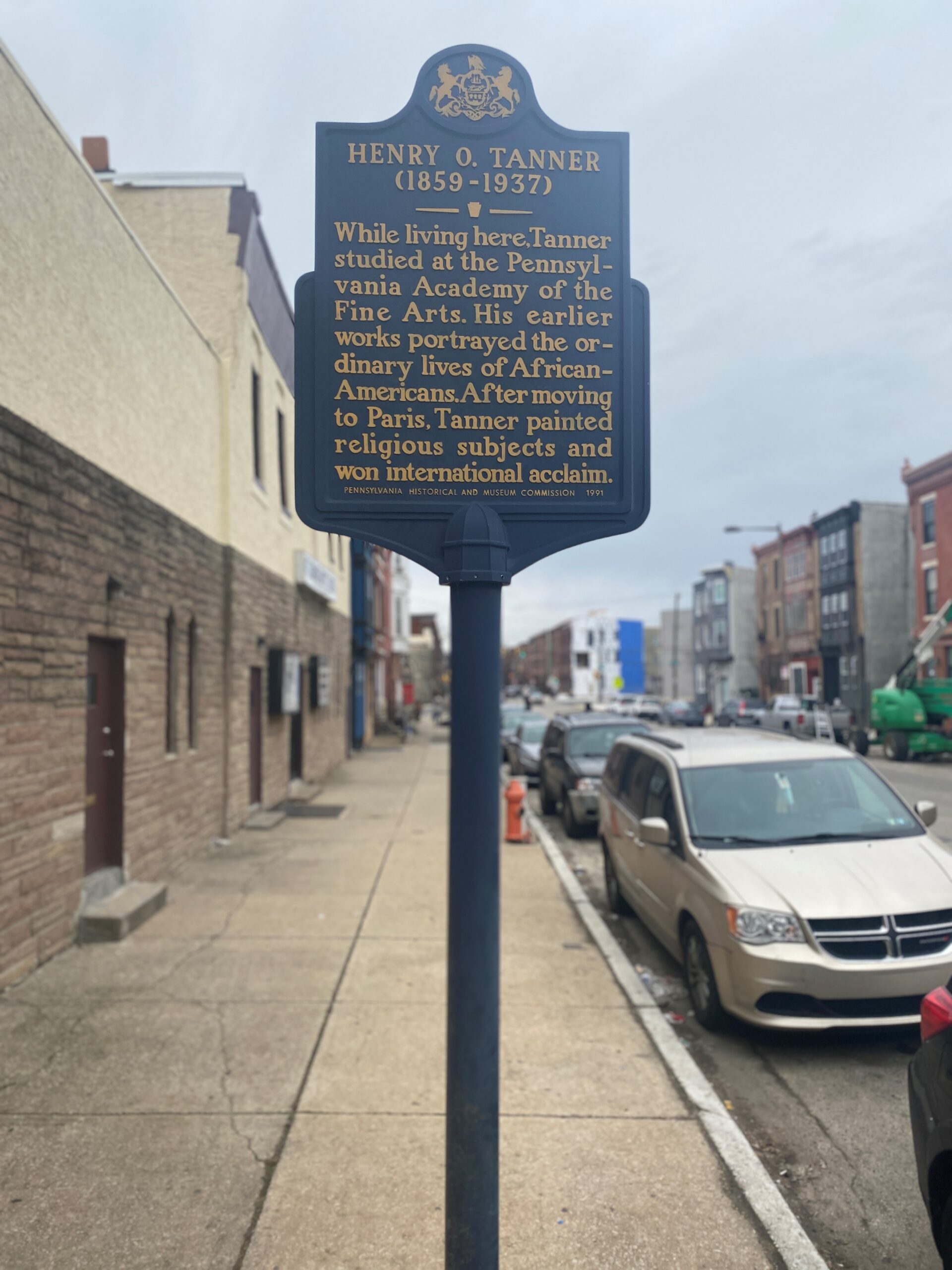
PA Historical Marker for the Henry Ossawa Tanner House. Photo by Christopher R. Rogers.
Some of our readers may recognize Henry Ossawa Tanner as an important American artist. Tanner spent most of his early life in Pennsylvania before moving to France in 1891. Can you tell me a bit about what makes Henry Ossawa Tanner’s home in Philadelphia important?
Born in Pittsburgh, it was in Philadelphia where Henry Ossawa Tanner fell in love with painting after sojourning through Fairmount Park with his father and witnessing a landscape painter at work. His commitment to the craft would eventually lead him to study at the Pennsylvania Academy of the Fine Arts (PAFA).
After graduating Tanner went on to paint globally notable works of art, where the Smithsonian applauds him as “the most distinguished African-American artist of the 19th Century.” It is true that he chose to leave Philadelphia relatively young, which he notes was consequential to the racism he faced within the art world at the time. Tanner moved first to Atlanta then to Paris to forge a path to international acclaim and success, powerfully influencing generations of Black artists who came after him. Works like The Annunciation, purchased by the Philadelphia Museum of Art in 1899, endure and inspire until this very day.
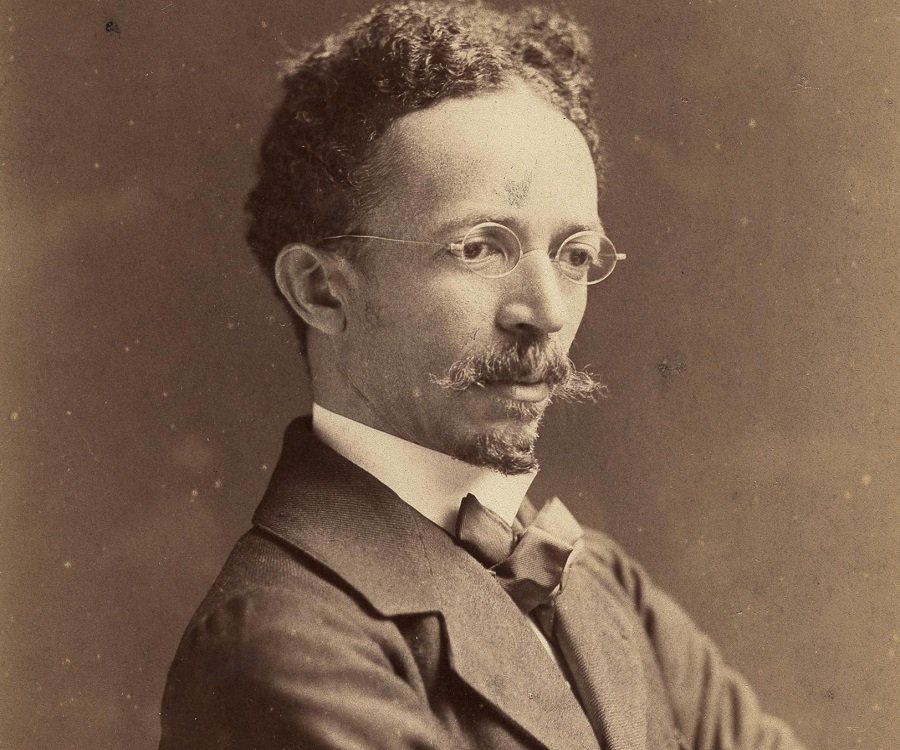
1907 photograph of Henry Ossawa Turner by Frederick Gutekunst.
The property was originally purchased by Henry O. Tanner’s father, Benjamin Tucker Tanner, and mother, Sarah Elizabeth Tanner, in 1872 while his father worked as the national editor of the Christian Recorder through the historic Mother Bethel African Methodist Episcopal (AME) Church. It should be also noted that his mother Sarah Elizabeth Tanner self-emancipated from enslavement as a child with the support of the Pennsylvania Abolition Society, reinforcing Philadelphia’s rich Underground Railroad tradition.
Through studying numerous generations of the Tanner family, one can tell an abiding arc of how Black Americans sustained by love, faith, family, and freedom have mightily contributed to the U.S. story through key historical eras dating from before the Civil War to the peak of the Civil Rights generation.
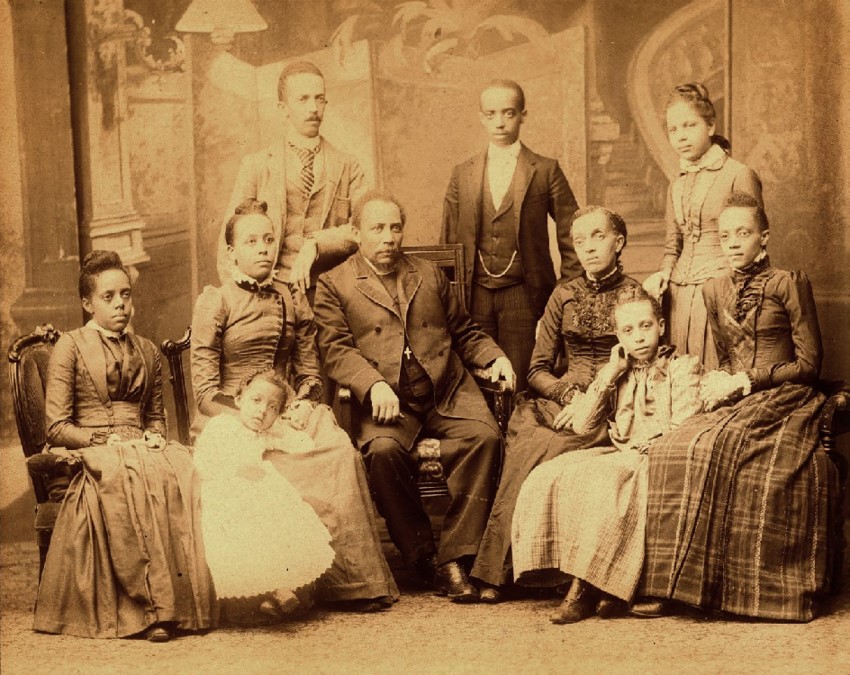
Tanner family, group portrait, 1890. Photographer unknown; Henry Ossawa Tanner standing at left. University Archives and Records Center, University of Pennsylvania.
FOTH have already made a lot of progress toward preserving the Tanner House. What are some of the group’s accomplishments so far?
We’re finalizing the emergency Phase 1 “make-safe” stabilization currently, ensuring that the 1872-built rowhome will remain standing, moving us away from being one of the 11 Most Endangered Historic Sites in the country. The House has had many lives since the Tanner family lived there, and we’re beginning to assess the historical character of the home as we make way for its revitalization guided by community voices and desires.
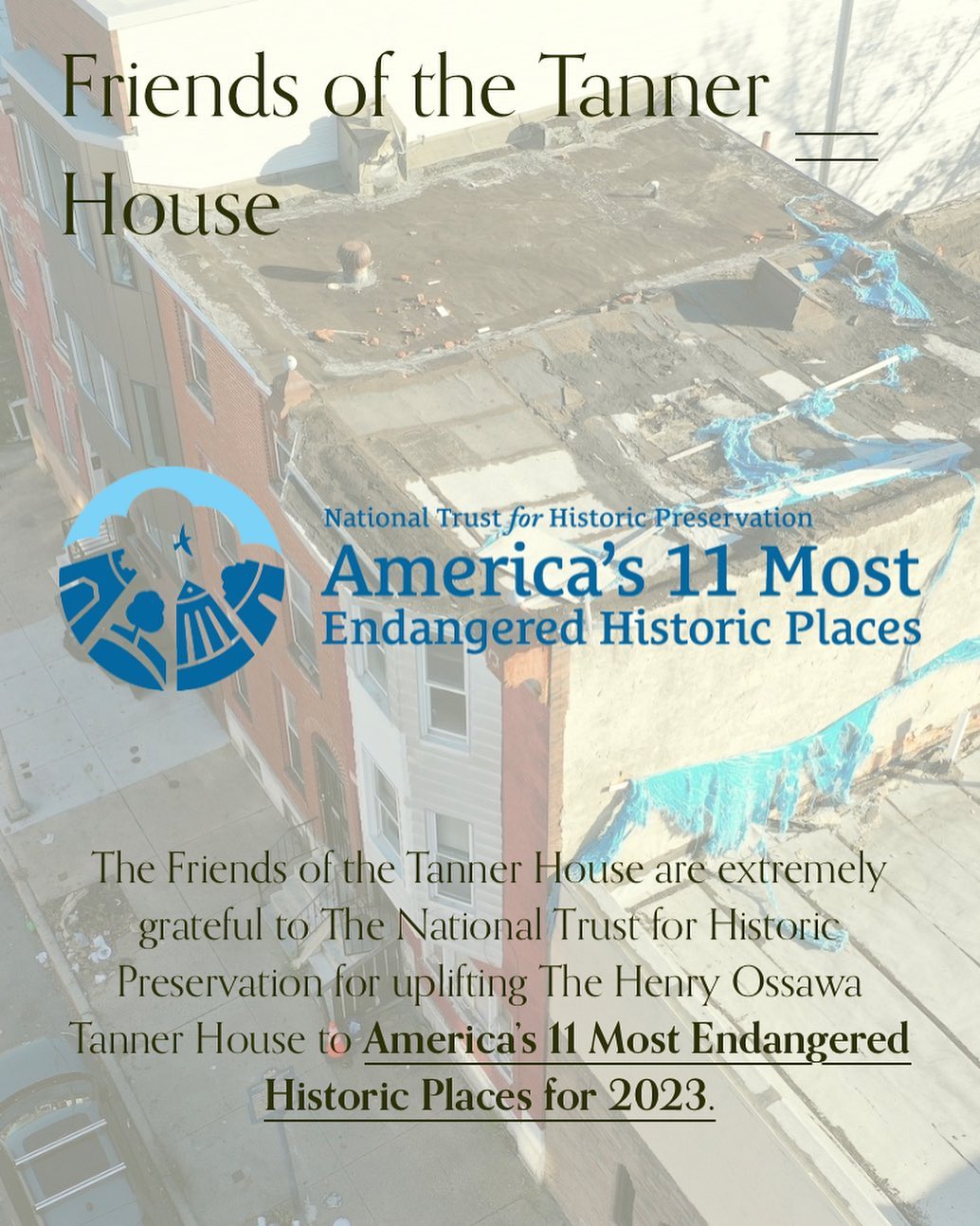
The Friends of the Tanner House are fiscally-sponsored by the Preservation Alliance for Greater Philadelphia while we diligently work toward becoming our own independent 501(c)3. We’ve achieved funding from the City of Philadelphia, Mellon Foundation, African-American Cultural Heritage Action Fund of the National Trust, PA Humanities Council, and Leeway Foundation. This on top of grassroots community donors and support. I’ll talk a bit more in-depth in your next question about another key partnership with the Center for Preservation of Civil Rights Sites at the University of Pennsylvania (CPCRS).
Your website talks about your community visioning process for the Tanner House. Can you tell me a bit about that process and its goals?
For sure. The Mellon Foundation funding is a partnership between CPCRS and the Friends of the Tanner House which is providing us an opportunity to build community engagement, awareness, and input into the revitalization strategy of the Henry Ossawa Tanner House. It remains important for us to recognize that our goals for the House’s preservation work best in alignment with ongoing efforts at preserving/sustaining the gifts of the Strawberry Mansion neighborhood, threatened by historical disinvestment and forces of gentrification.
The question “What does it take for love to thrive in our neighborhood?” guides our process. Recognizing the achievements of the Tanner family across themes of family, faith, freedom, arts, health, and education, we are offering creative opportunities that uplift local people and spaces that continue to do this work in the neighborhood. Alongside the surveying, we’re building out a Friends of the Tanner House Community Partner Network that serves to anchor us to so many institutions and organizations who are doing incredible neighborhood-rooted work alongside us.

Example of FOTH outreach to the North Philadelphia community.
What is next for the Tanner House in the short term? In the long term?
For the property, we’re finalizing the beginning of the Friends of the Tanner House 501(c)3 which will acquire and steward the House for its second life as a community cultural asset. We’re anticipating a renewed capital campaign on the other side of this community visioning process which will help us move from stabilizing the property to revitalizing it. There’s of course a number of assessments and design work that goes into that process as well. Development and fundraising for Black heritage preservation is a challenge, but a worthy one.
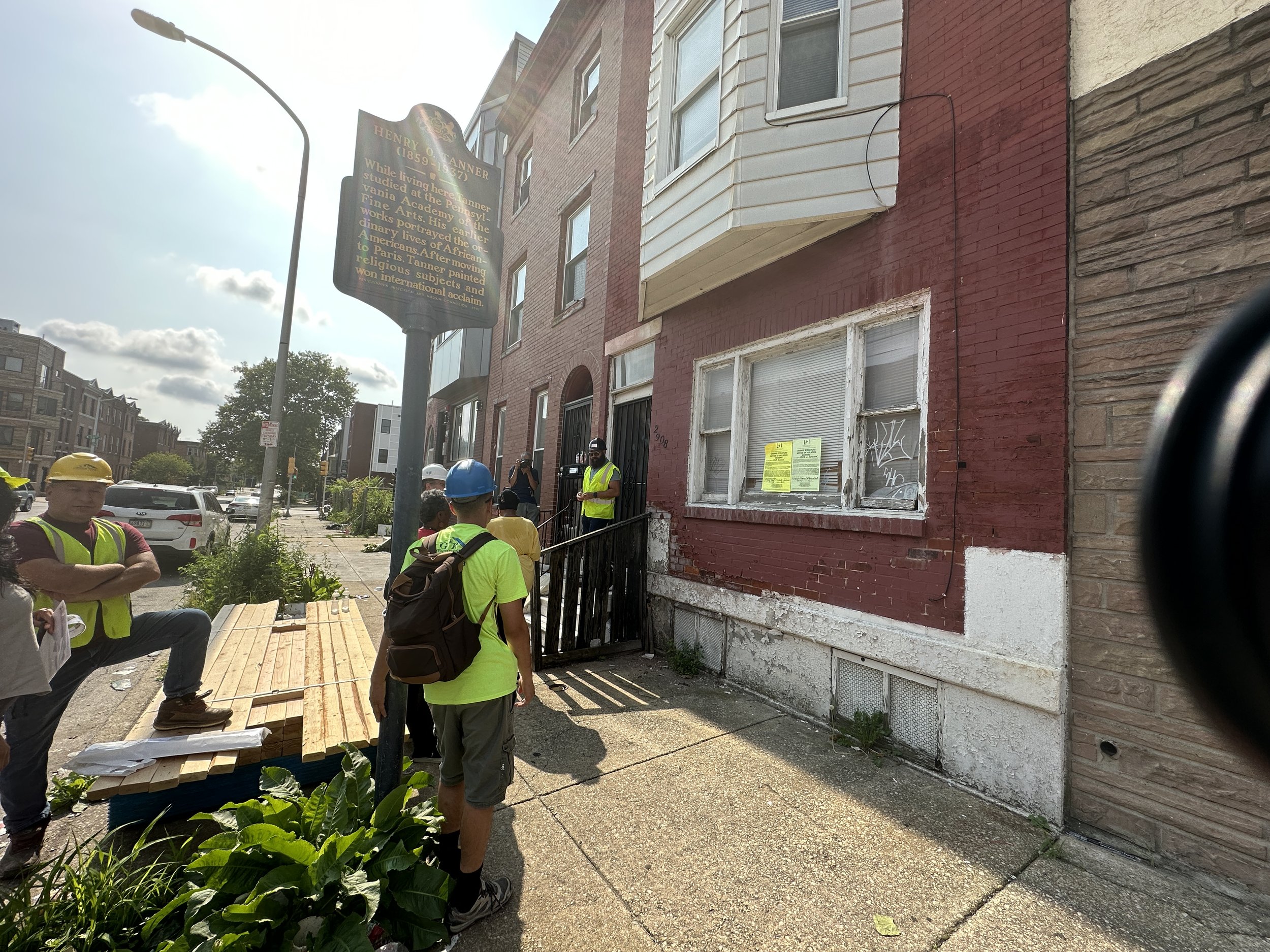
Volunteers and workers begin stabilization efforts at the Tanner House. Photograph from the Friends of the Tanner House website.
Another thing we are really excited about is our engagement with Danya Abdel Hameid, who is joining us as a Leeway Foundation funded Media Artist Partner for 2024. We’ll be working together on a podcast project that will explore Tanner family history, Black North Philadelphia history, and overall the process of how Black heritage work can be applied to advance social justice community goals. This helps us to continue to inspire others to take up the platform of witnessing, studying, and engaging truthful histories in order to emerge platforms for sustaining neighborhoods placed at-risk.
It is safe to say that we get at least one call a day from someone trying to preserve a property in their community. What advice can you give to others who are fighting to save a threatened historic place?
We actually recently presented on this at a local Community Development conference. It was storytelling about what we did, but we did offer these insights and lessons that I think may be helpful for any folks coming together around a historic property:
- Build an army of the willing. They should know there’s no magic, just labor.
- Get comfortable with trusting the process to build momentum. Get comfortable with the art of storytelling to be able to communicate the impact and potential of the project.
- Build a base of relationships in the community AND leverage your local institutions! It’s both/and! Collaborate AND always learn along the way to challenge dependencies.
- TRANSPARENCY IS KEY! Communicate the “how”, it builds shared trust and accountability with the communities you’ll need to win over to grow.
- Plan, plan, prepare, prepare. Focus on your choices and what you can control. Prep the land, sow the seed, and know sometimes all you can do is pray for rain.
__________________________________________________________________________________________________
Christopher R. Rogers, Ph.D currently co-coordinates the Friends of The Tanner House, incubating a revitalized Henry Ossawa Tanner House at the intersection of Black heritage preservation and community cultural organizing. He has previously served in key roles with the Paul Robeson House & Museum / West Philadelphia Cultural Alliance, Philadelphia Student Union, Teacher Action Group Philadelphia, and more. A recent graduate of the University of Pennsylvania Graduate School of Education, his dissertation research explored the intergenerational ways that Black West Philadelphia residents express their personhood and collective possibility through multimodal poetics and place-making literacies.
Comment Policy
PHMC welcomes and encourages topic-related comments on this blog. PHMC reserves the right to remove comments that in PHMC’s discretion do not follow participation guidelines.
Commenters and Comments shall be related to the blog post topic and respectful of others who use this site.
Commenters and Comments shall not: use language that is offensive, inflammatory or provocative (this includes, but is not limited to, using profanity, obscene, or vulgar comments); disparage other commenters or people; condone illegal activity; identify the location of known or suspected archeological sites; post personal information in comments such as addresses, phone numbers, e-mail addresses or other contact details, which may relate to you or other individuals; impersonate or falsely claim to represent a person or an organization; make any commercial endorsement or promotion of any product, service or publication.
If you would like to comment on other topics not related to this blog post but related to PHMC, please fill out the PHMC Contact Us Form.
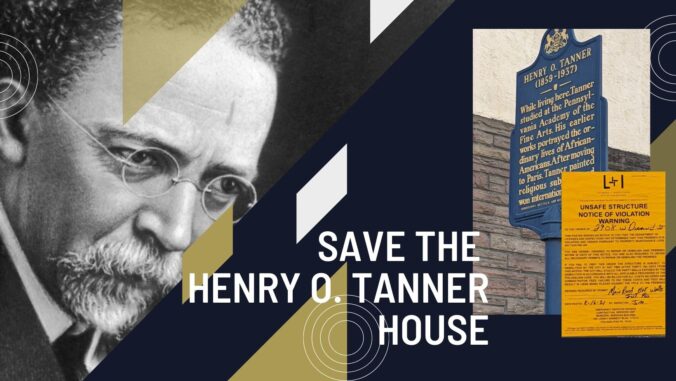
In a time when our very existence is continually being challenged, I find it gratifyingly important to try to preserve every aspect of our culture and history as well as our everyday activities to insure we are giving our future generations something monumental to learn about, grow from and to succeed in life.